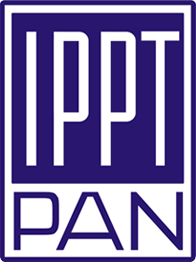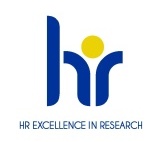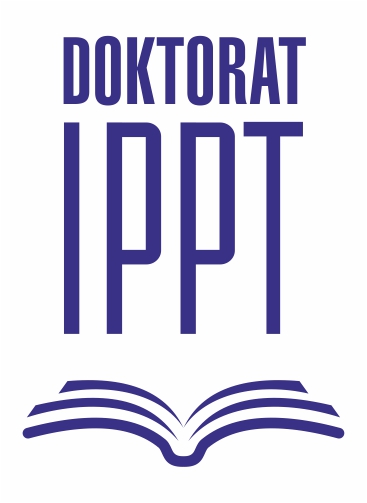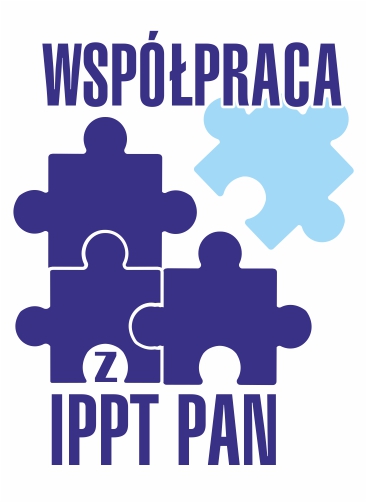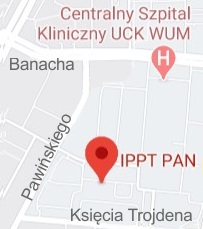| 1. |
Jain A., Kumar C., Skorna P.♦, Nakatsuji H.♦, Nishihara H.♦, Szabo T.♦, Ivashchenko O.♦, Michalska M.♦, Scholtzova E.♦, Graphene mesosponge: a novel material for the sequestration of azo dyes in water,
Journal of Advanced Research, ISSN: 2090-1232, DOI: 10.1016/j.jare.2025.11.027, pp.1-14, 2025 Streszczenie:
Azo dyes are synthetic organic compounds widely used in industries such as textiles, printing, and pharmaceuticals. Due to their chemical stability and extensive usage, they are significant environmental pollutants, especially in wastewater. This study investigates the removal of azo dyes from aqueous solutions using a graphene mesoporous sponge (GMS), which is a high-surface sponge-like mesoporous structure predominantly composed of single-layer graphene walls with active sites for dye adsorption. Methylene Blue (MB) and Congo Red (CR) were used to evaluate adsorption performance in aqueous solutions simulating industrial effluents. The adsorption behavior, capacity, and kinetics were studied experimentally, showing that GMS efficiently removes both dyes. Complete decolorization occurred in 30–35 min for both dyes at an initial concentration of 1 mg L−1. A relatively small quantity of GMS successfully removed significant amounts of dye, highlighting its potential to minimize material usage. This efficiency enhances the process’s economic feasibility while contributing to environmental sustainability by reducing the carbon footprint of adsorbent synthesis and usage. These results indicate that GMS is a promising material for wastewater treatment. The experimental results are also aligned with ab-initio molecular dynamics (AIMD) calculations, and they confirm the superior performance of GMS over pristine graphene in dye adsorption. Słowa kluczowe:
Methylene Blue, Congo Red, Azo dyes, Adsorption, Carbon, AIMD modelling Afiliacje autorów:
| Jain A. | - | IPPT PAN | | Kumar C. | - | IPPT PAN | | Skorna P. | - | inna afiliacja | | Nakatsuji H. | - | inna afiliacja | | Nishihara H. | - | inna afiliacja | | Szabo T. | - | inna afiliacja | | Ivashchenko O. | - | inna afiliacja | | Michalska M. | - | Łukasiewicz Research Network‒Institute of Electronic Materials Technology (PL) | | Scholtzova E. | - | inna afiliacja |
|  | 140p. |
| 2. |
Pietrzyk-Thel P., Jain A., Bochenek K., Michalska M.♦, Basista M. A., Szabo T.♦, Nagy P.♦, Wolska A.♦, Klepka M.♦, Flexible, tough and high-performing ionogels for supercapacitor application,
Journal of Materiomics, ISSN: 2352-8478, DOI: 10.1016/j.jmat.2024.01.008, pp.1-41, 2024 Streszczenie:
Ionogels are an attractive class of materials for smart and flexible electronics and are prepared from the combination of a polymer and ionic liquid which is entrapped in this matrix. Ionogels provide a continuous conductive phase with high thermal, mechanical, and chemical stability. However, because of the higher percentage of ionic liquids it is difficult to obtain an ionogel with high ionic conductivity and mechanical stability, which are very important from an application point of view. In this work, ionogel films with high flexibility, excellent ionic conductivity, and exceptional stability were prepared using polyvinyl alcohol as the host polymer matrix and 1-ethyl-3-methylimidazolium hydrogen sulfate as the ionic liquid using water as the solvent for energy storage application. The prepared ionogel films exhibited good mechanical stability along with sustaining strain of more than 100% at room temperature and low temperature, the ability to withstand twisting up to 360° and different bending conditions, and excellent ionic conductivity of 5.12 × 10−3 S/cm. The supercapacitor cell fabricated using the optimized ionogel film showed a capacitance of 39.9 F/g with an energy and power densities of 5.5 Wh/kg and 0.3 kW/kg, respectively confirming the suitability of ionogels for supercapacitor application. Słowa kluczowe:
Ionic liquid, Gel polymer electrolyte, Ionic conductivity, 1-Ethyl-3-methylimidazolium hydrogen sulfate, Supercapacitors Afiliacje autorów:
| Pietrzyk-Thel P. | - | IPPT PAN | | Jain A. | - | IPPT PAN | | Bochenek K. | - | IPPT PAN | | Michalska M. | - | Łukasiewicz Research Network‒Institute of Electronic Materials Technology (PL) | | Basista M. A. | - | IPPT PAN | | Szabo T. | - | inna afiliacja | | Nagy P. | - | inna afiliacja | | Wolska A. | - | inna afiliacja | | Klepka M. | - | inna afiliacja |
|  | 140p. |


